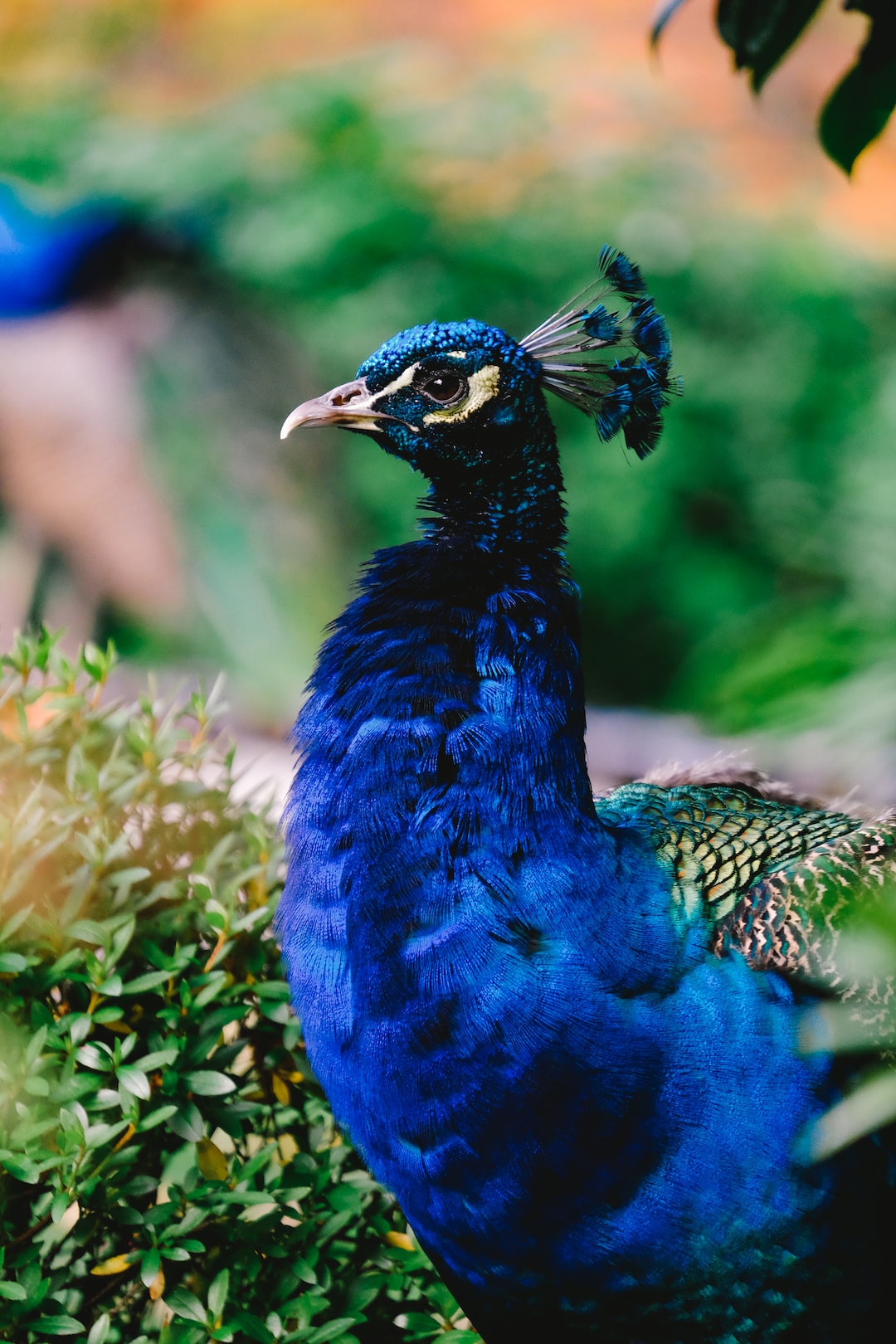Beyond the Paws: How Animals Use Other Body Parts to Survive
When we think about animals and their ability to survive in their natural habitats, our minds often go straight to their paws. Indeed, these appendages play a crucial role in enabling animals to move, hunt, and defend themselves. However, there is more to the story than just paws. Many remarkable animals have evolved to rely on other body parts to ensure their survival in the wild.
Let’s start with the magnificent eagle. While their talons are widely known for their strength and dexterity in catching prey, it’s their beak that also serves as a vital tool. An eagle’s beak is not just a mere weapon; it acts as a multi-purpose tool for tearing apart prey, building nests, and even feeding their young. The beak’s sharp and hooked tip allows them to rip flesh effortlessly, while the strong beak base helps them crush hard bones. So next time you spot an eagle soaring through the sky, remember that beak plays a significant role in their survival.
Another stunning example is the chameleon, an expert in camouflage. While we often admire their ability to change colors to blend with their surroundings, it is their long, sticky tongue that truly sets them apart. With lightning-fast precision, the chameleon extends its tongue to snag unsuspecting insects as far as three times their body length. This unique adaptation allows them to capture food while remaining hidden from potential predators. The tongue is truly a vital asset for the chameleon’s survival.
Moving on to the ocean, the octopus showcases its intelligence and adaptive abilities. While it is their incredible tentacles that come to mind, it’s their ability to regenerate limbs that deserves recognition. In case of an attack or an accident, octopuses can detach a limb and later regrow a brand-new one. This defense mechanism not only helps them escape predators but also allows them to continue foraging for food while their new limb grows. The octopus’s remarkable regenerative abilities highlight their survival strategy and resilience in the harsh ocean environment.
Lastly, consider the incredible giraffe. We often marvel at their long necks, enabling them to reach leaves high up in trees. However, it is their prehensile tongues that deserve equal awe. A giraffe’s tongue can stretch up to 18 inches and grab foliage without the need to constantly reposition itself. The tongue’s sticky and tough surface assists it in plucking hard-to-reach leaves and defying gravity. The giraffe’s unique tongue is a true testament to their ability to adapt and survive in their native habitats.
Animals have evolved incredible adaptations and prowess beyond just their paws. From the eagle’s versatile beak to the chameleon’s lightning-fast tongue, and the octopus’s regenerative limbs to the giraffe’s awe-inspiring tongue, these examples demonstrate the marvels of nature’s inventions. It’s worth appreciating and studying these remarkable adaptations, as they offer us insights into the diverse and ingenious ways animals have molded themselves to thrive in their respective environments.

